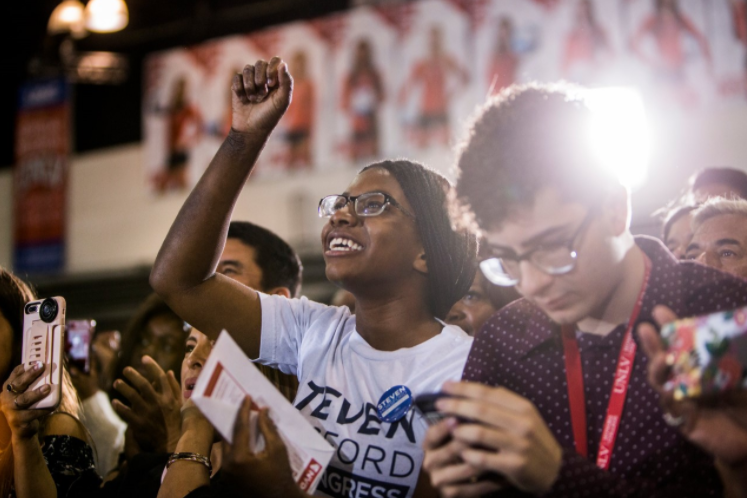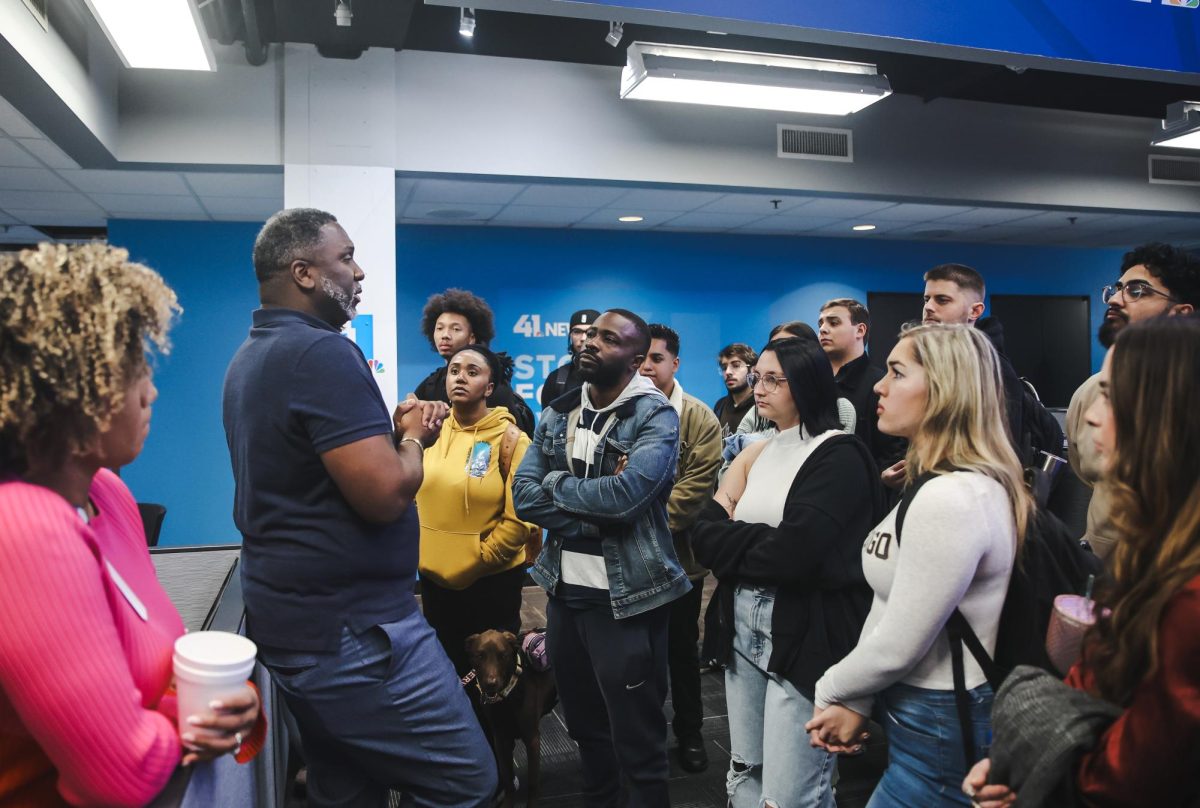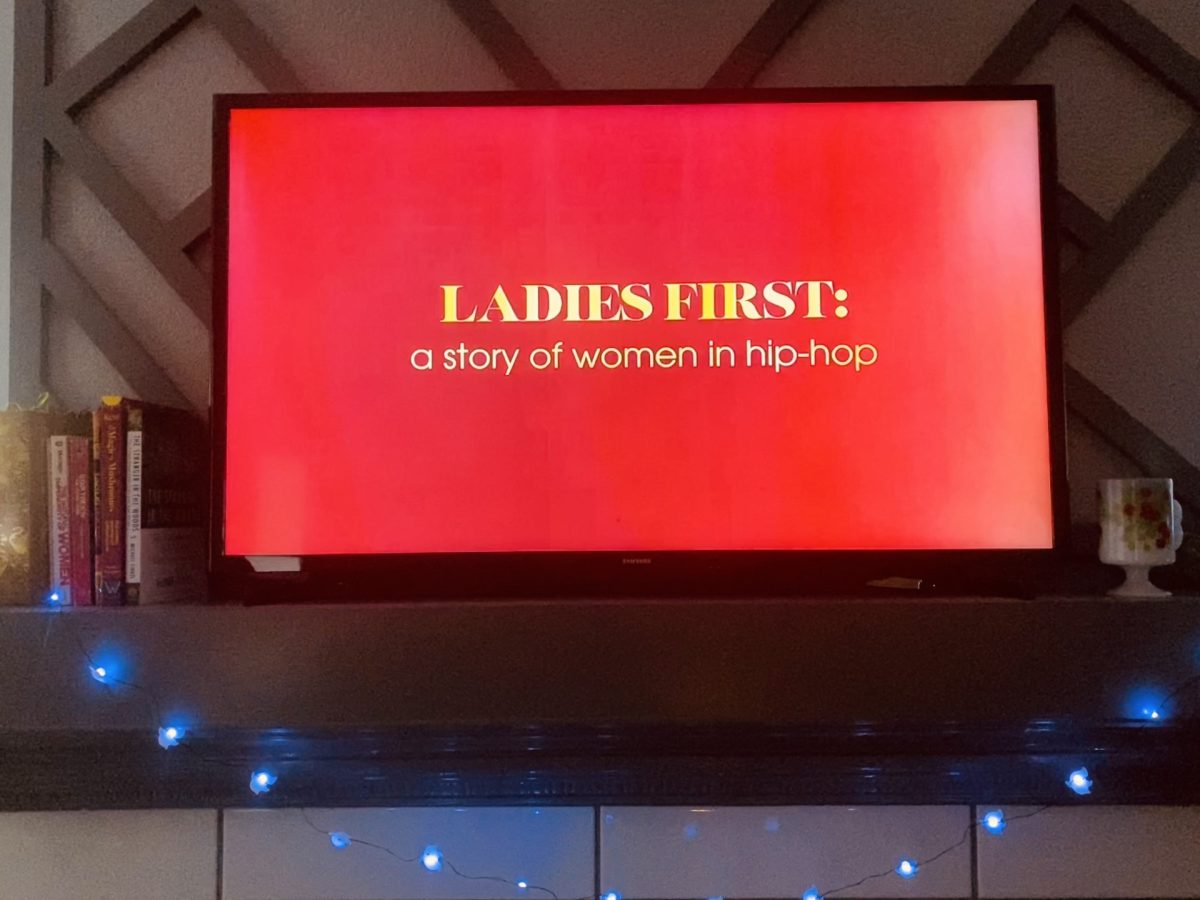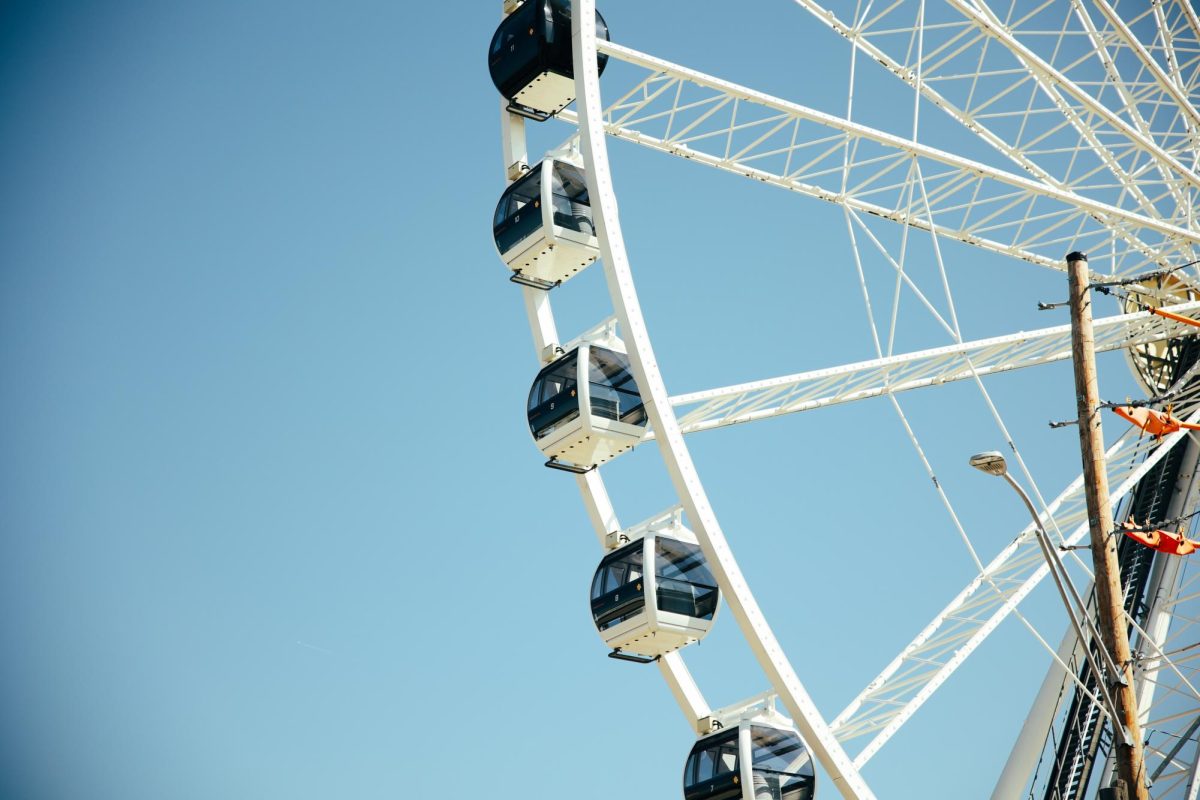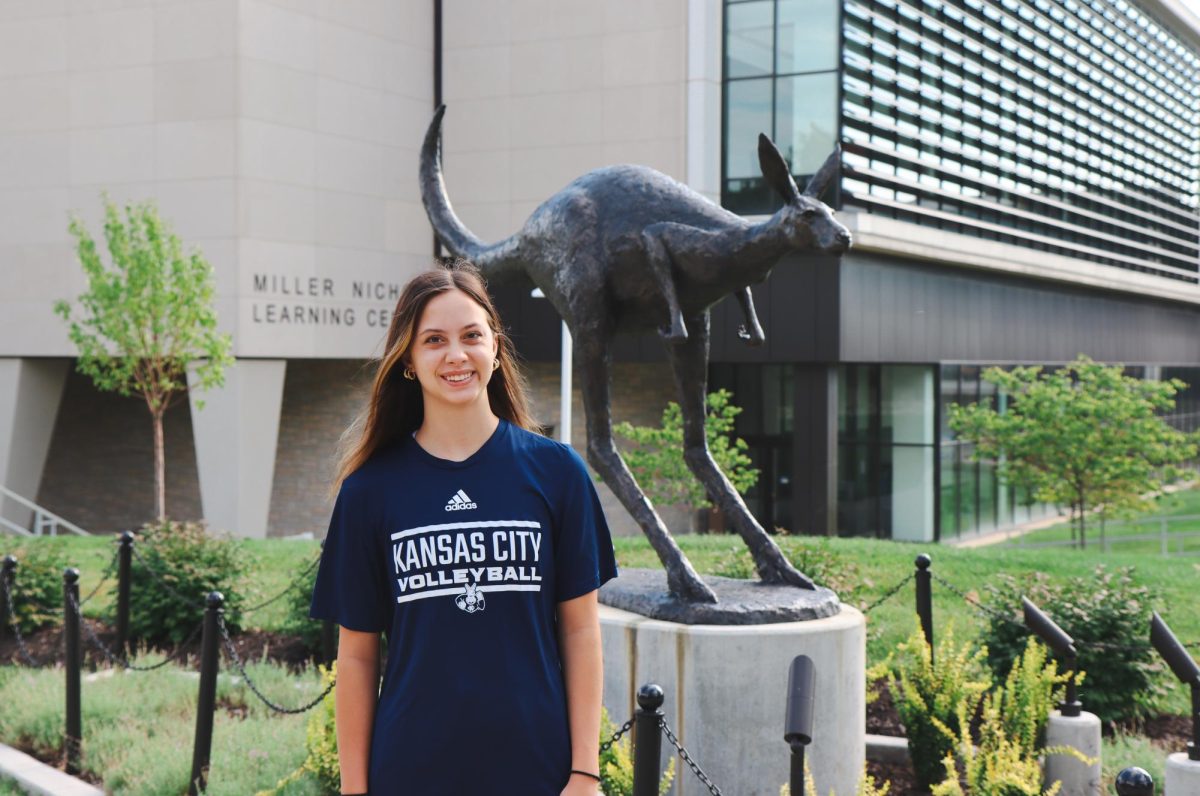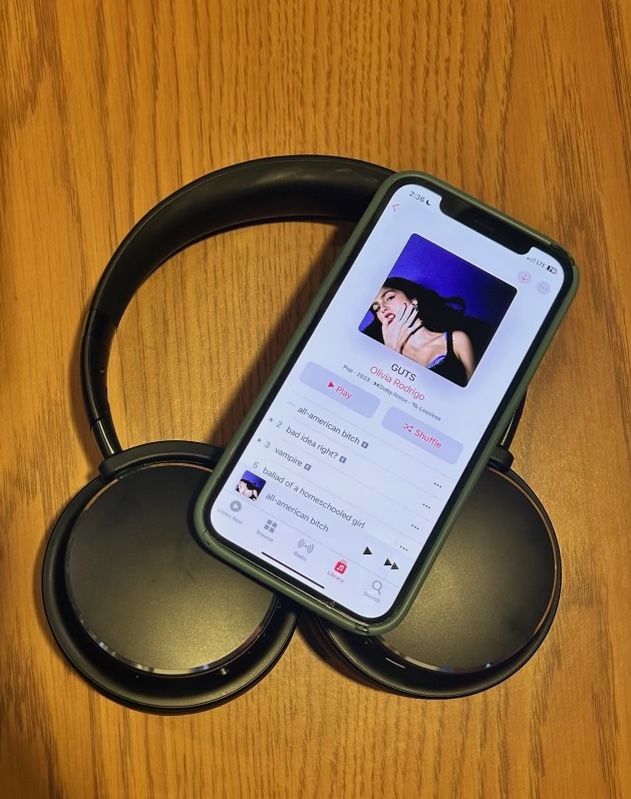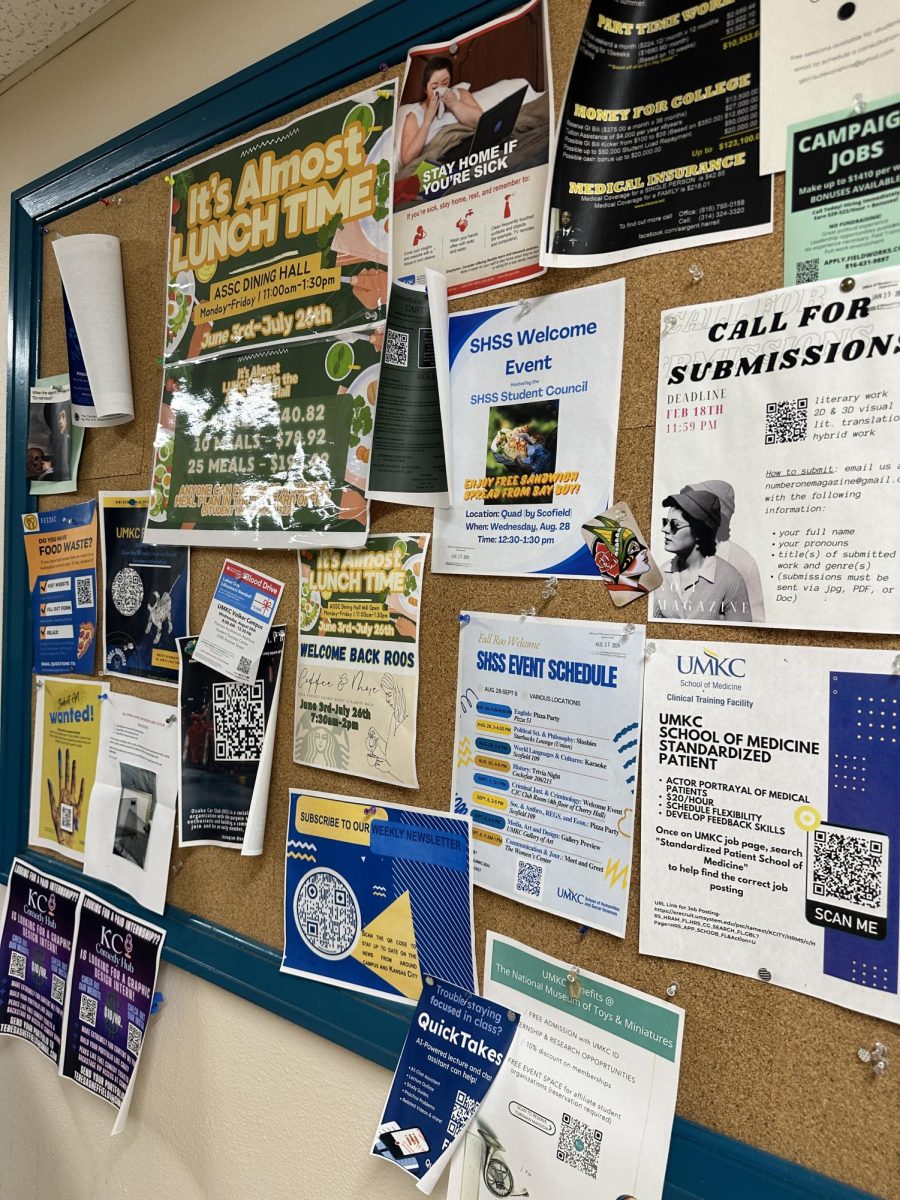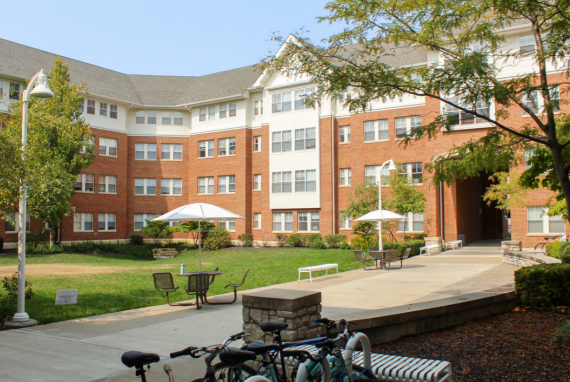With a worldwide pandemic in full swing, overdue midterms piling up and exhaustion tugging at caffeine-addled brains, college students this year had every reason not to make a trek to the polls.
And yet, perhaps those were the perfect reasons for countless twenty-somethings across the United States to cast their ballots.
Though college offers a social and financial refuge from the clamor of adulthood, millions of young voters took to the polls in the 2020 election in the hopes of securing a prosperous post-graduation future.
The Center for Information and Research on Civic Learning and Engagement (CIRCLE). run by Tufts University, estimates 50-52% of eligible young adults (ages 18-29) voted in the 2020 presidential election. They further projected that this percentage may rise up to 56% once all votes have been counted.
These percentages indicate a nearly 10% increase in young voter turnout in comparison to the 2016 presidential election.
The 2020 election was the first opportunity for many newly-eligible voters to begin a lifetime of civic engagement. Though countless of my peers could provide insight into their anticipation of future voting endeavors, I decided to seek out the perspective of someone who has a lifelong history of ballot casting: my grandfather.
Born in 1939, he voted for his first presidential election in 1960. Before the 26th Amendment lowered the voting age to 18 in 1971, voters had to be at least 21 to cast a ballot. As soon as he was eligible, my grandfather headed to the polls to cast his ballot for John F. Kennedy.
When asked how many times he had voted in a presidential election in his life, he furrowed his brow and began to count on his fingers, murmuring candidates’ last names as he tallied them.
“I would say… first time would’ve been in the 60s, probably voted for Kennedy, Johnson, whoever Nixon ran against, Carter… then in 84, and then in 88, 92, 96, 2000,” he continued, ticking off the four-year intervals on his weathered fingers.
By his recollection, my grandfather has participated in every presidential election in which he has been eligible to vote.
“I’m up to thirteen,” he concluded.
In the months leading up to the election, every visit to his house echoed with the TV’s presidential candidate coverage and every conversation with him could easily lapse into a discussion about the recent debates.
“I watch all three major network channels and get a sampling of each, so I’m not just getting this bias or that,” he explained. “And I discuss it with people. I reach out to do that.”
For my grandfather, voting has never been a passive civil activity. It requires intentional preparation to understand candidates’ stances and policies, and, of course, diligence to cast one’s ballot.
Though he is now 81 and retired, he was still one of 159.8 million people, by CNBC’s estimates, who voted in this year’s election. Even more impressive, he went to the polls to vote in person.
When asked about his message to those who didn’t vote in this election, he sighed deeply and thought for a moment.
“Our Constitution, our form of government is based on participation. And if you don’t use it, you’ll lose it,” he explained pointedly to me. “Participate. Learn. Talk about it. Challenge people. Challenge older people.”
The presidency and the future of our country have been demonstrably swayed by young adults’ involvement in this election. The pandemic, civil unrest and even school stresses have acted as catalysts, rather than dampeners, for young voter turnout. These college-aged individuals recognize the perils of the future if they fail to involve themselves in the present.
Young adults are as essential now as they were back in the 1960s with my grandfather. It is crucial, however, that their participation is sustained for a lifetime.
ary7n@mail.umkc.edu


